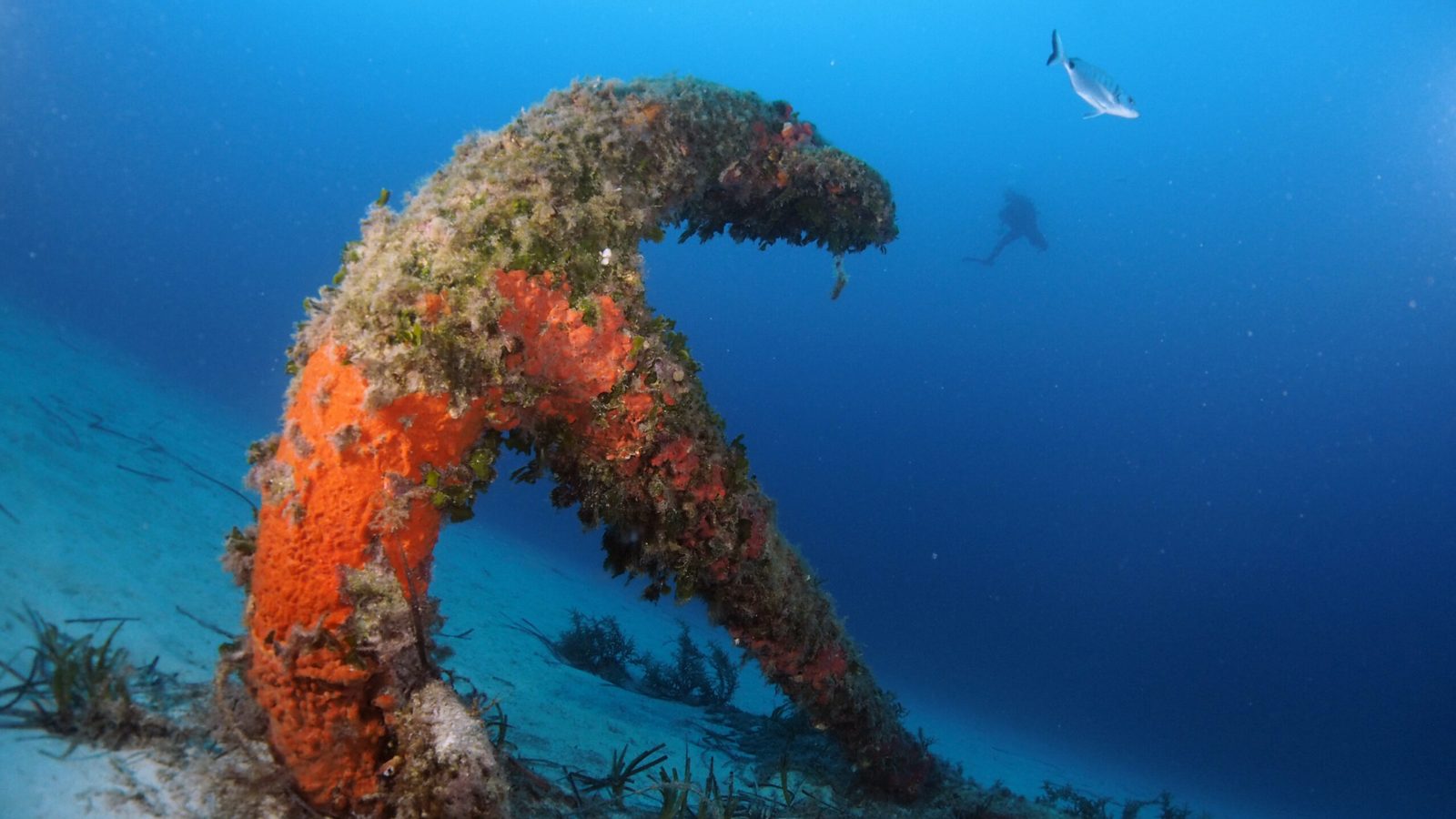Could the key to the green transition be nestled on the ocean floor? The hunt for minerals vital to an electrified future has sparked a race to the bottom of the sea. To get the lay of the land, Double Take recently spoke with Walter Sognnes, chief executive officer (CEO) of Norwegian subsea-mining company Loki Minerals.
According to Sognnes, companies are hunting for mature deep-sea mineral resources called polymetallic nodules.
They are enriched of a very large amount of the minerals we need for the green transition. It is copper, it is cobalt, nickel and manganese and some other rare earth minerals. But it is the copper, nickel and cobalt that is the main value… It is on the deep oceans, it is far away. It is out in long distance from shore. That is where they are formed.
Walter Sognnes, CEO of Loki Minerals
Paradoxically, oil and gas companies are most practiced reaching such depths due to their experience in offshore production. Sognnes believes that that a new subsea mining industry could likely be developed on the shoulders of offshore drilling innovations.
In Sognnes’ view, the richest terrain for nodules may be the Clarion-Clipperton zone between Hawaii and Mexico where subsea extraction efforts have existed since the 1970s.
Then the many large multinational companies were doing surveys and trying to extract these manganese nodules and they were at the water depth of 4,000, 5,000 meters, while the oil and gas industry has just arrived down to a hundred meters of water depth. So, they were too mature or too early. So then, it fizzled out. And now that the green transition is coming, we see a huge demand for several of these critical minerals, and we potentially see a large gap coming between supply and demand. The oil and gas industry are now operating – and have been operating for many years now – on these water depths. So, it is kind of the technology has matured, the value of the minerals have reached a level where it makes economic sense to do it.
Walter Sognnes
While scraping nodules is a relatively inexpensive process, the major cost is transporting the nodules to shore and processing them. Sognnes believes that investments in cost reduction should prove fruitful, particularly as it becomes clear the best terrestrial mines have already been developed, and new supply is likely to be lower grade.
If you turn to the ocean and almost 70% of the world is covered by water and the deep oceans are covering almost 50% of the globe or the Earth. And for some of these critical minerals, 70% to 90% of the remaining resources are believed to be in deep sea minerals. So, it’s a huge, huge volume and it should definitely be able to give the supply that the green transition needs.
Walter Sognnes
One key hurdle, Sognnes believes, may be determining who holds the permits to explore certain ocean areas, and what nations can claim jurisdiction over these zones.
You can simply divide the ocean in two parts. It is within one country’s exclusive economic zone, where that country is having control over the resources and how they manage or develop those resources. And then outside that, it is in international waters and that is where the law of the sea is applied. And according to UNCLOS (The United Nations Convention on the Law of the Sea), you are actually able to start extracting resources now… what was done in 1994, I think it was, everyone agreed that we should have a set of rules to regulate this and not having a first come first serve. So, that is why the ISA (International Sea Authority) was established… all the licenses that the ISA has given out are purely exploration licenses. So, the big debate now is what happens when ISA approves the regulations for production?
Walter Sognnes
To hear more, subscribe to “Double Take” on your podcast app of choice or view the Mining’s Race to the Bottom episode page to listen in your browser.
PAST PERFORMANCE IS NOT NECESSARILY INDICATIVE OF FUTURE RESULTS. Any reference to a specific security, country or sector should not be construed as a recommendation to buy or sell this security, country or sector. Please note that strategy holdings and positioning are subject to change without notice. MAR005978, Exp 04/29 For additional Important Information, click on the link below.
Important information
For Institutional Clients Only. Issued by Newton Investment Management North America LLC ("NIMNA" or the "Firm"). NIMNA is a registered investment adviser with the US Securities and Exchange Commission ("SEC") and subsidiary of The Bank of New York Mellon Corporation ("BNY Mellon"). The Firm was established in 2021, comprised of equity and multi-asset teams from an affiliate, Mellon Investments Corporation. The Firm is part of the group of affiliated companies that individually or collectively provide investment advisory services under the brand "Newton" or "Newton Investment Management". Newton currently includes NIMNA and Newton Investment Management Ltd ("NIM") and Newton Investment Management Japan Limited ("NIMJ").
Material in this publication is for general information only. The opinions expressed in this document are those of Newton and should not be construed as investment advice or recommendations for any purchase or sale of any specific security or commodity. Certain information contained herein is based on outside sources believed to be reliable, but its accuracy is not guaranteed.
Statements are current as of the date of the material only. Any forward-looking statements speak only as of the date they are made, and are subject to numerous assumptions, risks, and uncertainties, which change over time. Actual results could differ materially from those anticipated in forward-looking statements. No investment strategy or risk management technique can guarantee returns or eliminate risk in any market environment and past performance is no indication of future performance.
Information about the indices shown here is provided to allow for comparison of the performance of the strategy to that of certain well-known and widely recognized indices. There is no representation that such index is an appropriate benchmark for such comparison.
This material (or any portion thereof) may not be copied or distributed without Newton’s prior written approval.






